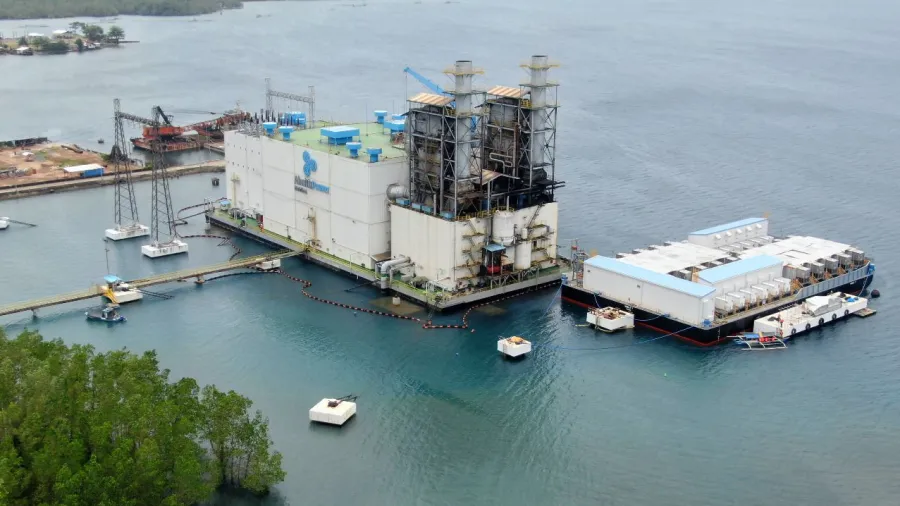
How AboitizPower’s hybrid BESS helps secure the PH grid
It eyes replicating the technology in its other power plants.
LAST April, Aboitiz Power Corporation, through its subsidiary Therma Marine, Inc., inaugurated its 49-megawatt (MW) hybrid battery energy storage system (BESS) Maco, Davao de Oro in the Philippines.
The facility aims to make sure there will be no gaps as energy stakeholders in the country develop new sources to ensure supply is able to keep up with the increasing demand.
But how does this system exactly help in ensuring a secure energy supply?
AboitizPower Thermal Chief Operating Officer for Operated Assets Ronaldo Ramos told Asian Power that when there is an imbalance in the grid, the hybrid BESS immediately kicks in.
The system initially runs in full battery in the first 13 minutes, discharging 49 MW to allow the diesel engine to ramp up. After this period, the dispatch from the battery adjusts until the diesel engine attains full load, he explained.
“We have an energy management system that synchronises the two so that the market or the grid will see a flat 49 megawatts during the 30 minutes we’re providing the service,” he said.
After 30 minutes, the diesel engine ramps down and the BESS desynchronises from the grid, Ramos said. The energy produced in this process recharges the battery instead of relying on the grid, making it a sustainable system.
Aside from it being sustainable, another advantage of the hybrid BESS is its flexibility. Since it was built on a floating platform, this will allow the company to move it where it is needed, Ramos said.
Making the system hybrid also allows AboitizPower to contribute to carbon emissions reduction.
“If we were running the diesel fully to provide the service, of course, there's an equivalent emission. But for this, there are times where we didn't even have to start out the diesel, because the issue in the grid has been resolved within the first 30 minutes,” Ramos explained.
Overcoming challenges, ensuring reliability
AboitizPower’s hybrid energy storage plant has been commercially available since 30 November 2022. The company tapped Finnish company Wärtsilä to build the facility.
Ramos told Asian Power that the project was approved in the midst of the COVID-19 pandemic, which affected logistics, specifically the bringing in of personnel and equipment.
Another challenge he cited was the plant location. A barge had to be manufactured since it was built on a floating platform. A Thai manufacturer was tapped to produce this, Ramos said.
There were also limitations in checking the hybrid BESS. The National Grid Corporation of the Philippines did not have specific testing protocols since it was a new technology in the country, he noted.
Collaboration between the grid operator and the company addressed this issue, Ramos recalled. Three tests were conducted in 2022, one each by local authorities, by technical experts, and by national officials.
Given the vital role the hybrid BESS has in securing energy supply, Ramos assured AboitizPower is equipped to prevent any possible issue that may impede the facility’s operations in the future.
“We do know that it's really the inverters that have a lot of challenges for batteries so we did strategically procure them ahead of time, so that in case one or two breaks down, we do have a ready spare on site,” he said.
He added that plant personnel are also being trained to ensure proper operation and handling of the hybrid BESS.
Replicating the facility
AboitizPower has five other diesel power plants in the Philippines. One is located in Navotas, a bayside city within the metropolitan capital of Manila; three in Cebu in the central Philippines, and another in Butuan in the southern island of Mindanao.
“Since we have proven this technology already with TMI in Maco, we’re looking at doing, hopefully another, rather one or two, depending on the market needs,” Ramos said.
Meanwhile, the company’s geothermal and renewable energy units are also working on another hybrid project.
“We’re doing one project together with our geothermal team in Laguna to do our next hybrid project, which is this, this time, in hybrid with the geothermal facility,” Ramos said. “I think it’s going to be the first of its kind with geo(thermal).”


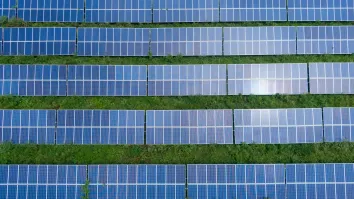
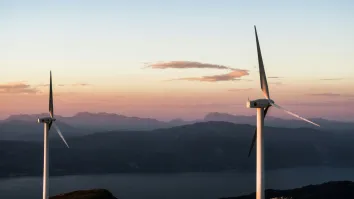

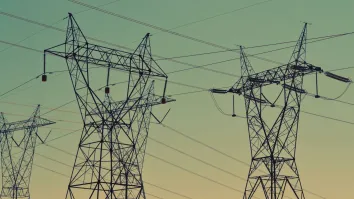



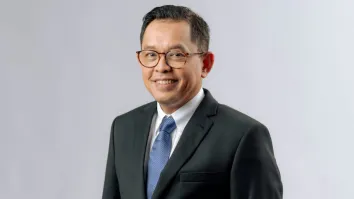
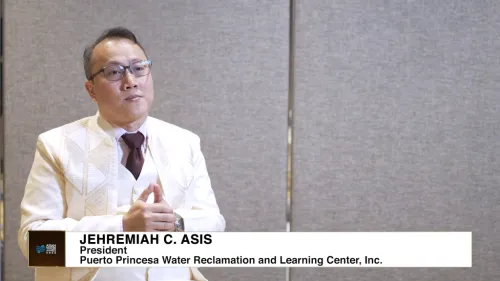


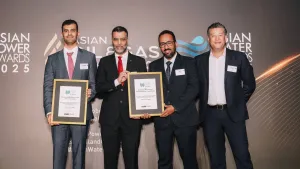





 Advertise
Advertise






